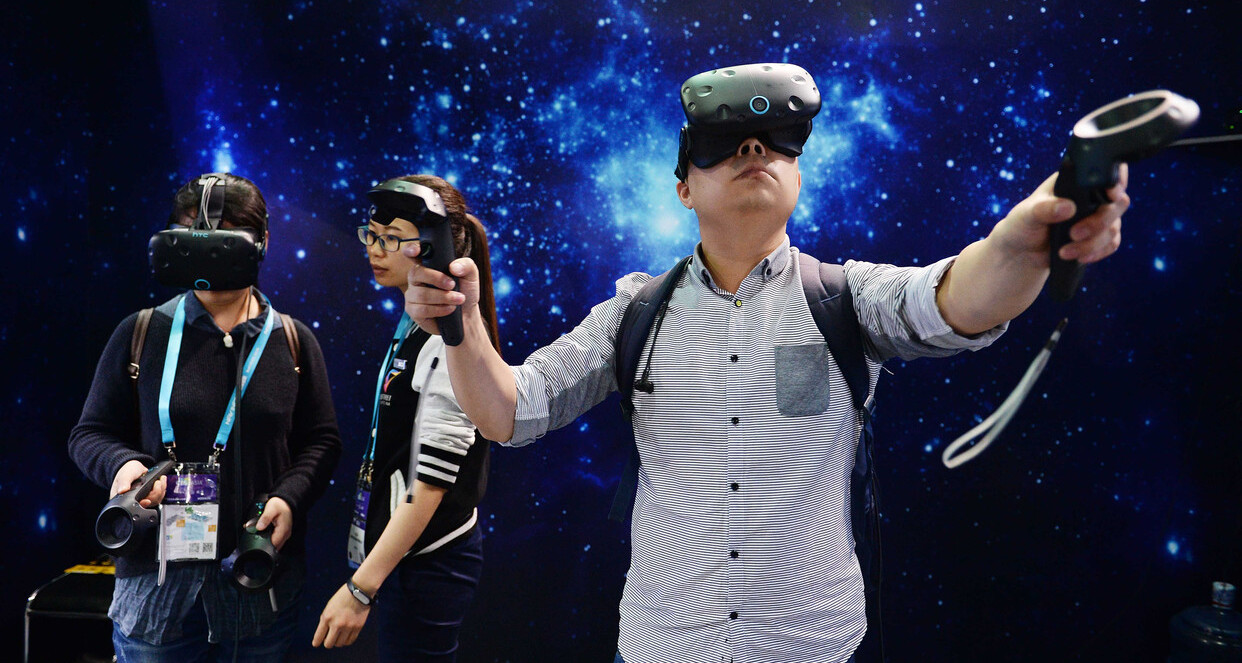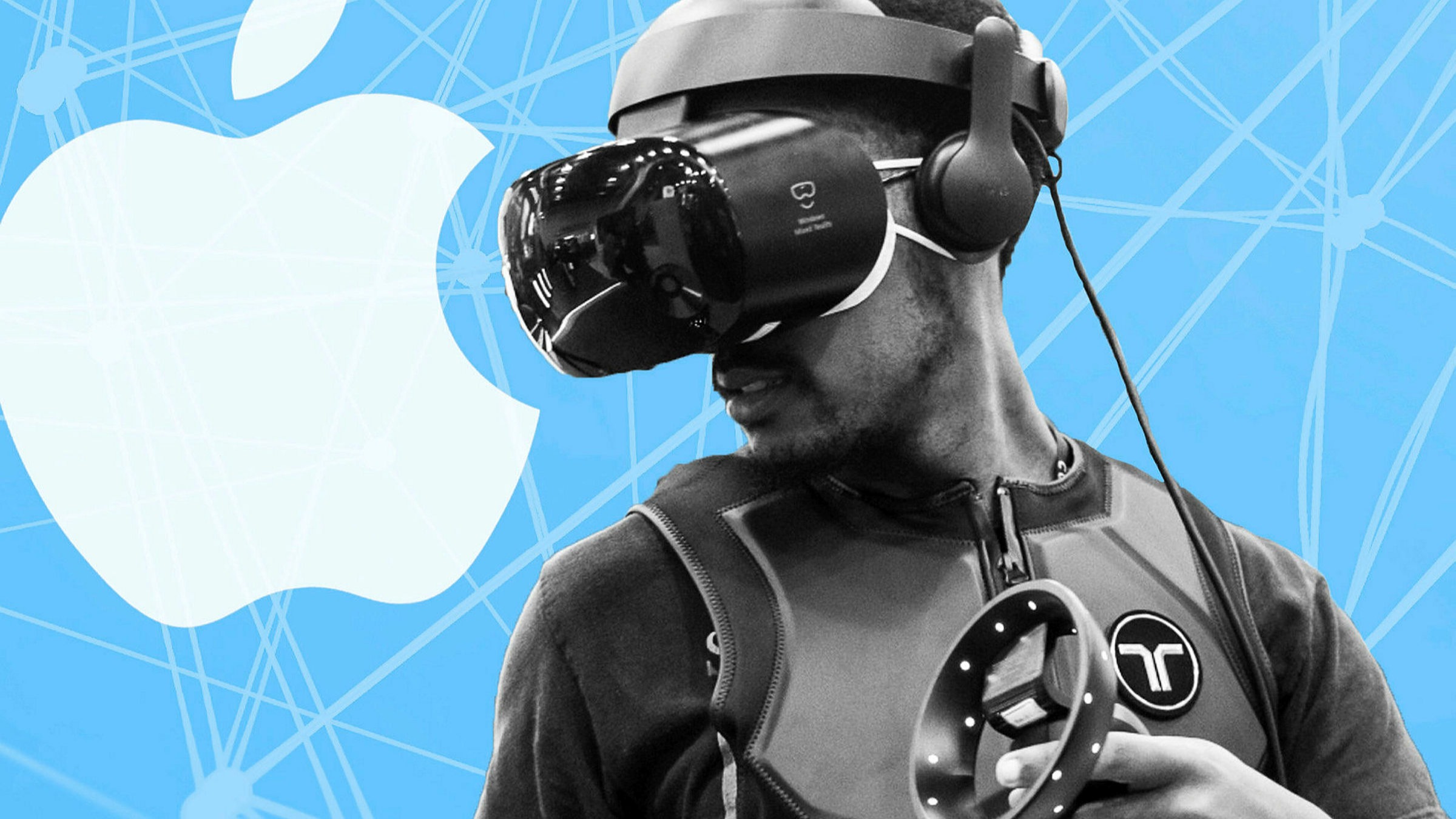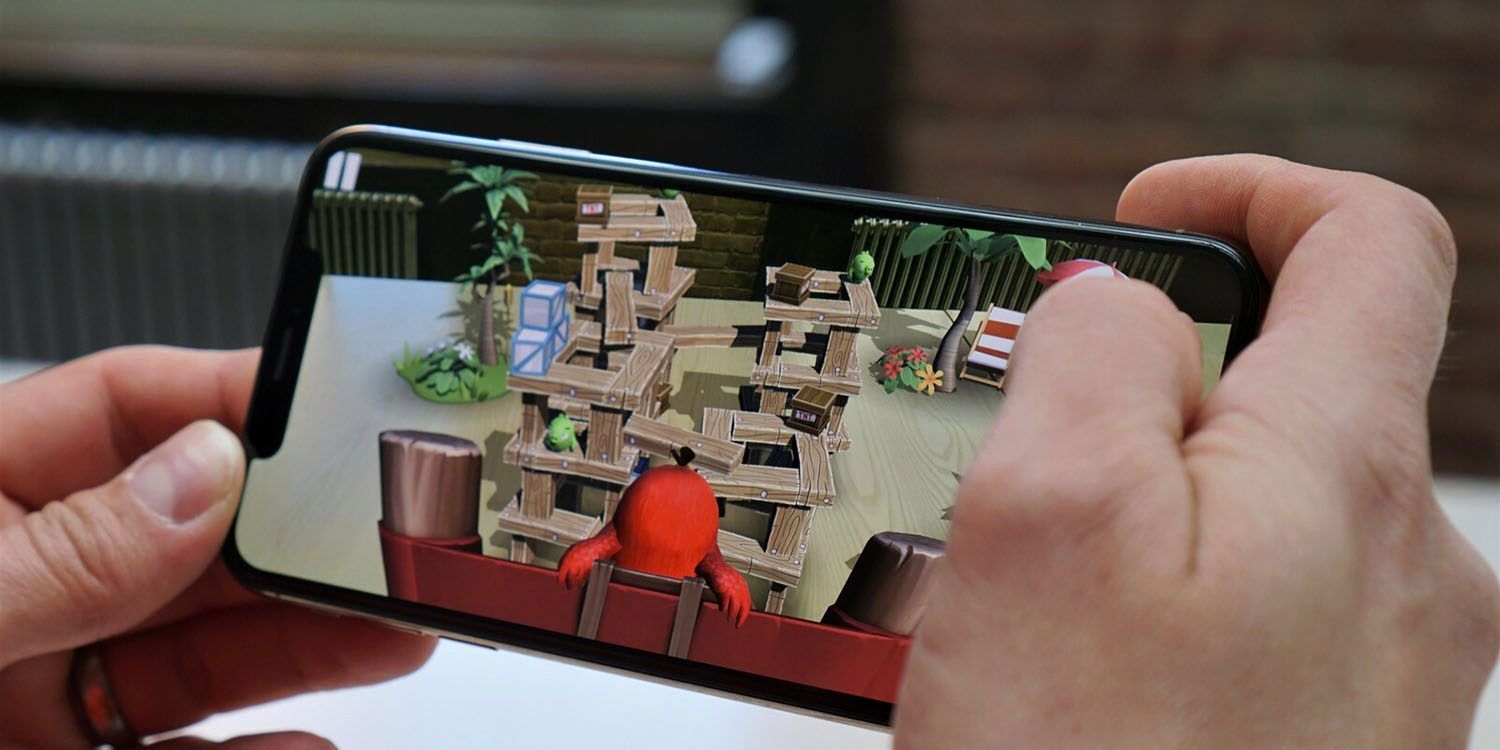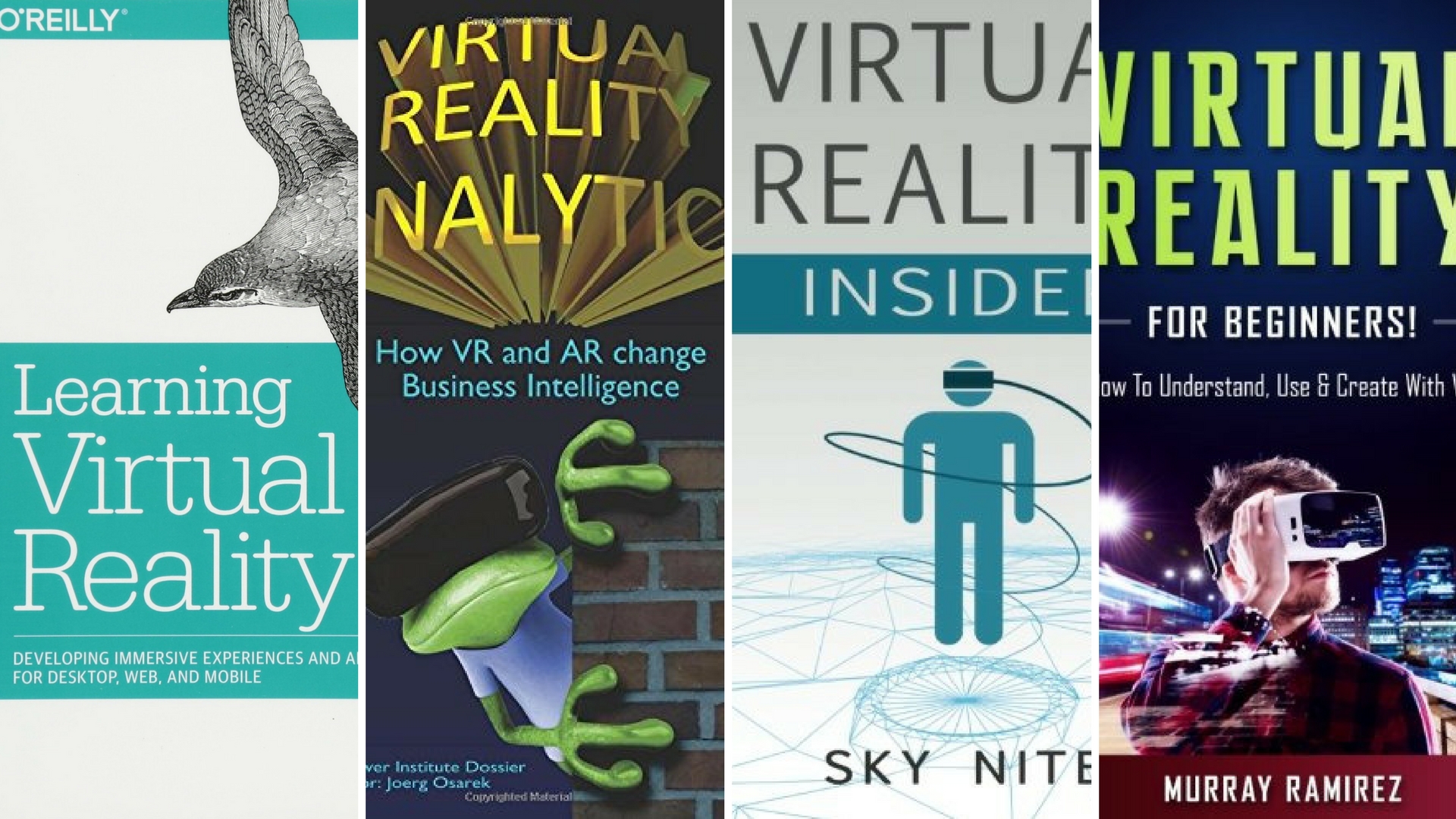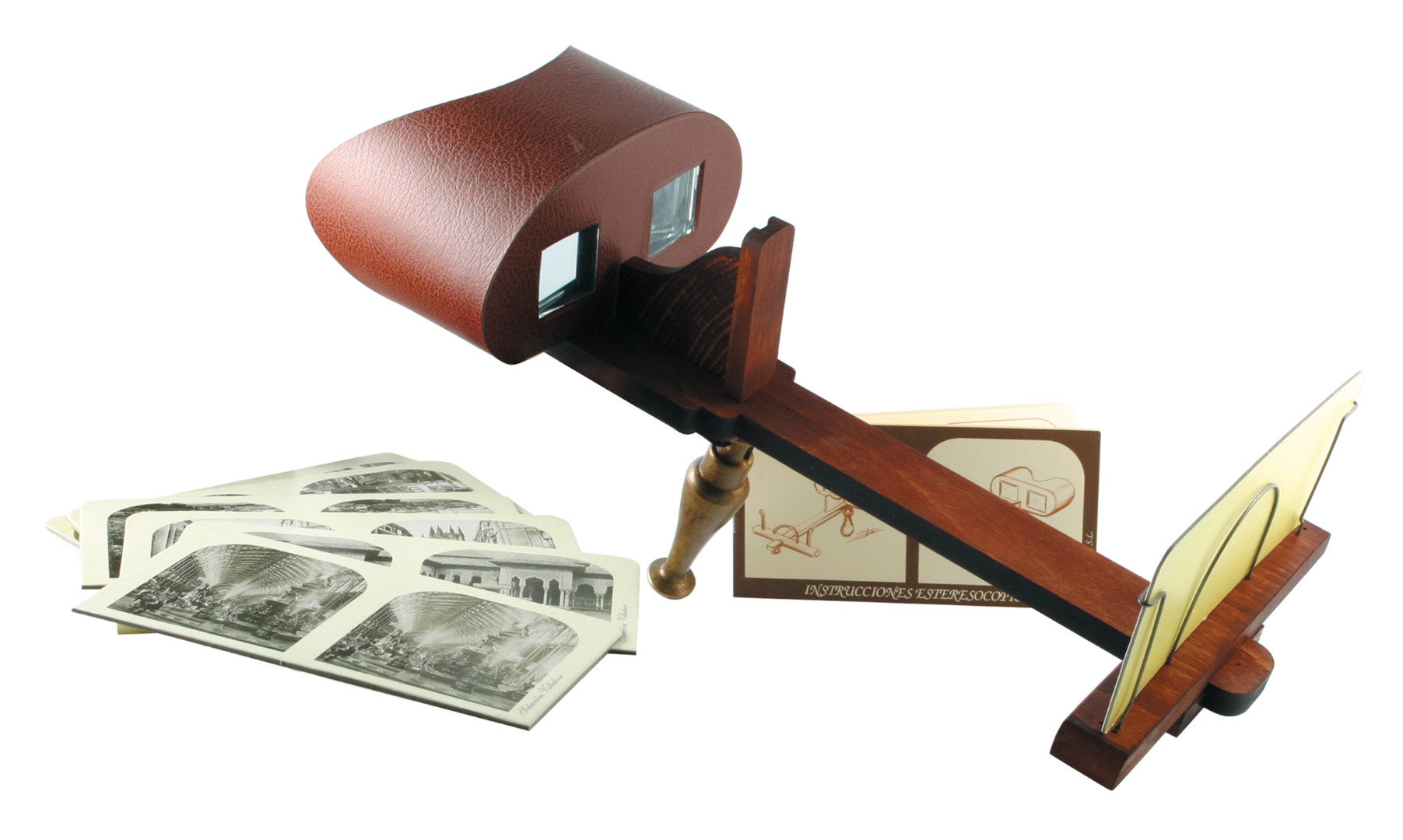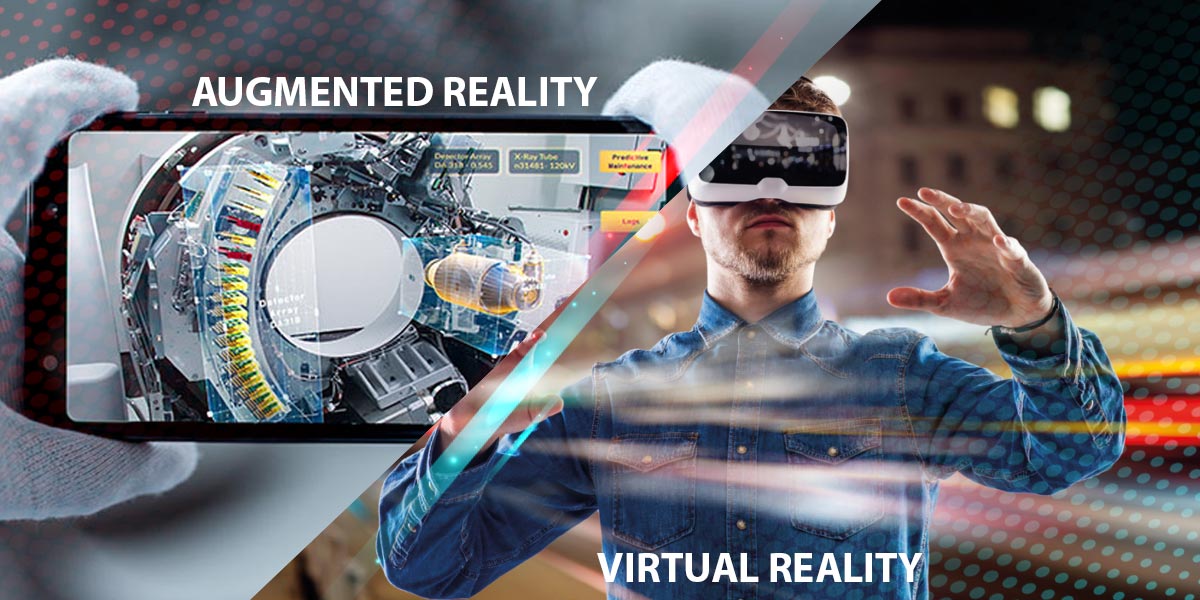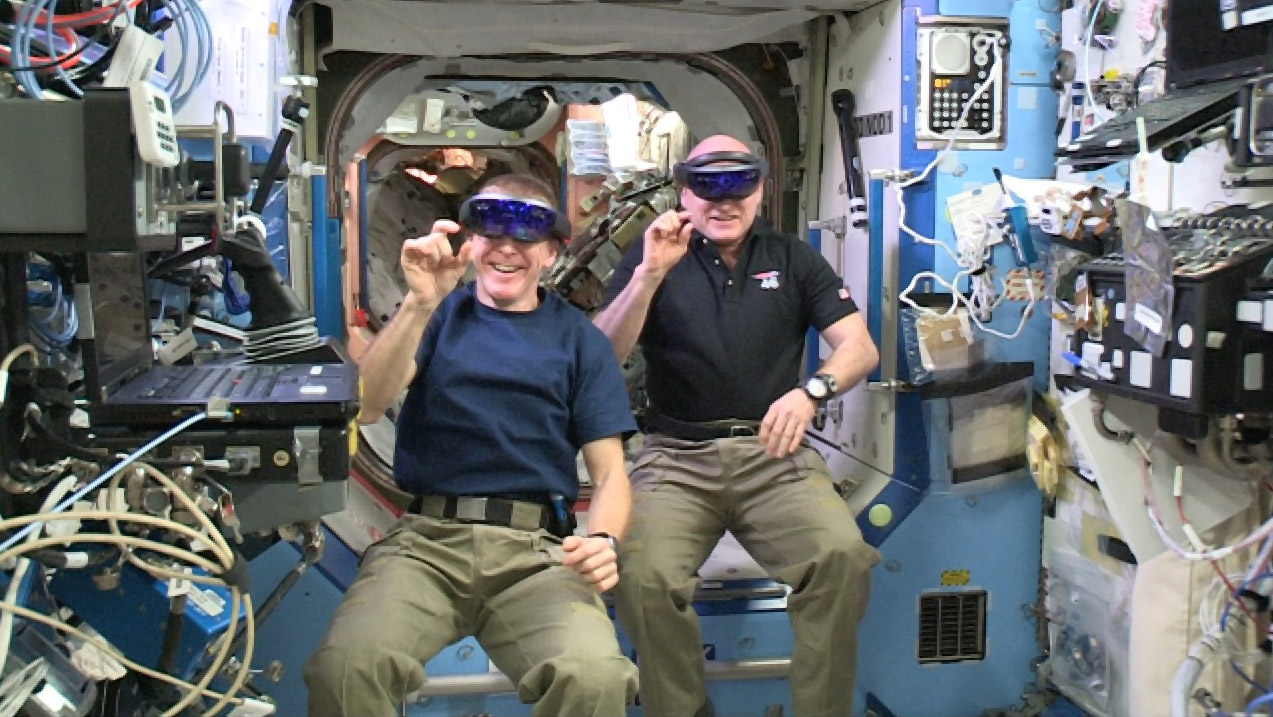The Basics of Virtual Reality
Virtual Reality (VR) has rapidly gained popularity as a cutting-edge technology that offers immersive and interactive experiences. It creates a simulated environment that can be similar to or completely different from the real world. By wearing a VR headset, users are transported to a digital realm that engages their senses and provides a sense of presence.
At its core, virtual reality relies on two fundamental components: hardware and software. The hardware includes the VR headset, which typically consists of a display and sensors for tracking head movements. Some advanced headsets also include hand controllers for added interactivity. The software, on the other hand, encompasses the applications, games, and experiences that are designed to be used with the VR headset.
One of the key aspects of virtual reality is the immersive nature of the experience. Through the use of stereoscopic displays and 360-degree audio, users feel as if they are truly present in the virtual environment. This level of immersion can elicit strong emotions and reactions, making VR an incredibly powerful medium for various industries, including gaming, entertainment, education, and training.
Moreover, virtual reality allows for interaction within the digital space. Depending on the application, users can manipulate objects, navigate through virtual worlds, or engage in simulated scenarios. This interactivity adds another layer of engagement and realism to the experience, making users active participants rather than passive observers.
It’s important to note that virtual reality is not limited to just visual and auditory stimuli. Advances in haptic technology have enabled the integration of tactile feedback, allowing users to feel virtual objects or textures through specialized gloves or controllers. This further enhances the sense of realism and immersion in the virtual environment.
Virtual reality is revolutionizing the way we perceive and interact with digital content. It opens up endless possibilities for entertainment, communication, education, and more. As the technology continues to evolve and become more accessible, the potential impact of virtual reality on various industries is only beginning to be realized. Understanding the basics of virtual reality is the first step towards harnessing its full potential.
The Importance of Content Creation in Virtual Reality
Content creation plays a crucial role in the success and widespread adoption of virtual reality. Without compelling and engaging content, virtual reality would simply be a novel technology without meaningful use cases. Creating high-quality virtual reality experiences requires a unique set of skills and considerations that go beyond traditional content creation methods.
One of the main challenges in virtual reality content creation is the need for immersive and interactive experiences. Virtual reality goes beyond the passive consumption of media; it invites users to actively engage with the virtual environment. Content creators must design experiences that take full advantage of the medium’s capabilities to provide users with a sense of presence and agency.
Another important aspect of virtual reality content creation is the emphasis on storytelling. VR experiences have the potential to transport users to different worlds, time periods, or situations. Crafting a compelling narrative within these virtual worlds requires careful planning and attention to detail. Whether it’s a game, educational simulation, or virtual tour, the story must captivate the user and drive their engagement.
Furthermore, virtual reality content creation often requires a multidisciplinary approach. Collaboration between artists, designers, programmers, and other specialists is essential to creating seamless and immersive experiences. Each team member contributes their expertise to different aspects of the project, such as visual design, audio integration, user interface, and technical optimization.
In virtual reality, user comfort and safety are of utmost importance. Content creators must consider factors such as motion sickness and simulator sickness when designing experiences. This involves optimizing frame rates, reducing latency, and carefully designing movement mechanics within the virtual environment to minimize discomfort and maximize user enjoyment.
Additionally, virtual reality content creation provides new monetization opportunities. As the technology becomes more mainstream, there is growing demand for VR experiences in various industries. This opens up avenues for developers, filmmakers, and other content creators to showcase their work and generate revenue through sales, subscriptions, or licensing deals.
In summary, content creation plays a vital role in the success of virtual reality. It requires a deep understanding of the medium’s unique capabilities and challenges. By creating immersive experiences, crafting engaging narratives, fostering collaboration, prioritizing user comfort, and exploring monetization opportunities, content creators can drive the adoption and growth of virtual reality.
Understanding the Tools and Software for Virtual Reality Content Creation
Creating virtual reality (VR) content requires specialized tools and software that enable content creators to bring their vision to life. These tools encompass a range of functionalities, from designing 3D models and environments to integrating audio and interactive elements. Understanding the different tools and software available is essential for producing immersive and engaging VR experiences.
One critical component of VR content creation is the 3D modeling software. These tools allow artists and designers to create virtual objects, characters, and environments. Popular software options include Autodesk Maya, Blender, and Unity3D. These programs provide powerful features for modeling, texturing, and animating objects that can be imported into VR development platforms.
In addition to 3D modeling, VR content creators also utilize game engines to bring their creations to life. Unity and Unreal Engine are two widely used game engines that provide comprehensive tools for VR development. These platforms enable developers to build interactive and immersive experiences by integrating 3D models, physics simulations, and real-time rendering.
Audio plays a crucial role in enhancing immersion in VR experiences. Spatial audio tools, such as FMOD or Wwise, enable sound designers to create realistic audio environments that respond to the user’s movements. These tools allow for audio sources to be positioned in 3D space, providing a more immersive and realistic auditory experience.
Another important aspect of VR content creation is the integration of interactive elements. This is achieved through programming languages and scripting tools. Languages like C#, JavaScript, or Python are commonly used to script interactive behaviors, user interfaces, and game mechanics. Visual scripting tools, such as Blueprint in Unreal Engine, also provide a more accessible option for non-programmers to create interactive experiences.
Testing and debugging VR content is a critical step in the development process. VR headsets, such as Oculus Rift or HTC Vive, often come with development kits that provide tools for testing and profiling applications. These tools help identify performance issues, optimize resource usage, and ensure a smooth experience for users.
Furthermore, collaborative platforms and version control systems are essential for teams working on VR content creation. Tools like Git or Perforce enable multiple team members to work simultaneously on the same project, tracking changes and merging modifications. Collaboration platforms like Slack or Trello also facilitate communication and coordination among team members.
As VR technology continues to evolve, so do the tools and software available for content creation. Staying up to date with the latest advancements in VR development and exploring new tools can empower content creators to push the boundaries of what is possible in virtual reality.
Step-by-Step Guide to Creating Virtual Reality Content
Creating virtual reality (VR) content requires careful planning and execution. To help you get started, here’s a step-by-step guide to creating compelling and immersive VR experiences:
- Define your concept: Begin by clearly defining the concept and purpose of your VR experience. Consider the target audience, the desired emotions or reactions you want to evoke, and the overall goals of your project.
- Create a storyboard: Once you have a clear concept, create a storyboard to outline the flow and sequence of your VR experience. This will help you visualize the narrative, interactions, and transitions that will take place.
- Design your 3D assets: Use 3D modeling software to create the necessary objects, characters, and environments for your VR experience. Pay attention to detail and ensure that the assets are optimized for real-time rendering.
- Integrate audio elements: Add spatial audio to enhance immersion. Create and integrate sound effects, background music, and dialogue that align with the narrative and enhance the user’s perception of the virtual environment.
- Select a development platform: Choose a VR development platform that suits your needs and skillset, such as Unity or Unreal Engine. Familiarize yourself with the platform’s tools and features to bring your assets and audio together.
- Implement interactions: Use scripting languages or visual scripting tools to define interactions within the virtual environment. This may include user movement, object interactions, or triggering events based on user input or gaze.
- Test and refine: Regularly test your VR experience to identify and address any issues. Pay attention to performance optimization, user comfort, and overall user experience. Make adjustments as needed to improve the overall quality.
- Iterate and polish: Continuously iterate and refine your VR content based on user feedback and observations. Strive to enhance the immersion, user interactions, and storytelling elements to create a memorable and engaging experience.
- Distribute and showcase: Once your VR experience is polished and refined, consider distributing it through appropriate channels. This could include VR marketplaces, app stores, or hosting it on your website. Showcase your work to attract a wider audience and gain recognition for your creations.
Remember, creating VR content is an iterative process, and it may take time and experimentation to achieve the desired results. Embrace the creative possibilities of virtual reality and continue to push the boundaries of what can be accomplished in this exciting medium.
Choosing the Right Platform for Virtual Reality Content
When it comes to creating and distributing virtual reality (VR) content, choosing the right platform is crucial. The platform you select will determine the audience reach, development tools, distribution options, and overall user experience of your VR content. Here are some factors to consider when selecting a platform:
- Hardware compatibility: Different VR platforms support different hardware devices. Consider the compatibility of your target audience’s VR headsets or devices with the platform you choose. It’s important to ensure that your content can be experienced on the intended hardware.
- Development tools and resources: Look for platforms that provide robust development tools and resources. These may include integrated development environments (IDEs), software development kits (SDKs), and comprehensive documentation. Choose a platform that aligns with your skillset and provides the necessary tools to bring your VR content to life.
- Distribution options: Consider the distribution options available on the platform. Some platforms have dedicated app stores or marketplaces, while others allow for web-based VR experiences. Evaluate the platform’s distribution channels and choose one that aligns with your content’s target audience and monetization goals.
- Community and support: Assess the platform’s community and support resources. Look for forums, online communities, and developer support teams that can assist you during the development process. A strong community can provide valuable insights, feedback, and collaboration opportunities.
- Performance and optimization: Evaluate the platform’s performance capabilities and optimization features. Consider factors such as the platform’s rendering capabilities, support for real-time rendering techniques, and optimization options for different hardware configurations. Ensuring a smooth and immersive experience for users should be a priority.
- Monetization options: If your VR content is intended for commercial purposes, consider the monetization options offered by the platform. Some platforms provide features for in-app purchases, subscriptions, or advertising integration. Choose a platform that aligns with your monetization strategy and can potentially generate revenue for your VR content.
- User base and market reach: Assess the platform’s user base and market reach. Consider the size of the platform’s user community and the potential exposure your VR content can gain. A larger user base can mean more opportunities for engagement, feedback, and success.
- Platform stability and future prospects: Research the platform’s stability and future prospects. Look into its track record of updates, ongoing support, and commitment to VR technology. Choosing a platform that is actively evolving and adapting to industry trends ensures your VR content will remain relevant and supported in the long term.
Ultimately, the platform you choose for your VR content will have a significant impact on its success and reach. Consider your target audience, development needs, distribution preferences, and overall business goals to make an informed decision. By choosing the right platform, you can elevate your VR content and engage users in truly immersive experiences.
Tips and Techniques for Immersive Virtual Reality Experience
Creating a truly immersive virtual reality (VR) experience requires careful attention to detail and the implementation of specific techniques. By following these tips, you can enhance the immersion and engagement of your VR content:
- Focus on realism: Pay attention to the realistic representation of objects, environments, and interactions. Use high-quality textures, shading, and lighting to create a convincing virtual world that mimics real-life experiences.
- Optimize performance: Achieving smooth performance is crucial for a comfortable and immersive VR experience. Optimize your VR content by using efficient rendering techniques, optimizing assets, and ensuring a consistent frame rate to prevent motion sickness and maintain user engagement.
- Utilize spatial audio: Implement spatial audio to enhance the sense of presence within the VR environment. Position audio sources in 3D space to match the location of objects or events, creating a more immersive audio experience for the user.
- Narrative storytelling: Utilize effective storytelling techniques to engage users in the VR experience. Craft a compelling narrative that guides users through the virtual world and creates emotional connections. Consider using non-linear storytelling or interactive elements to allow users to shape their own narrative experience.
- Use intuitive controls: Design user interactions and control schemes that are intuitive and easy to use. Incorporate natural movements and gestures whenever possible to enable users to navigate and interact with the virtual environment effortlessly.
- Create a sense of presence: Strive to create a strong sense of presence, where users feel fully immersed in the VR experience. This can be achieved through attention to detail, realistic physics, and responsive interactions that make users forget they are in a virtual world.
- Employ haptic feedback: Integrate haptic feedback when possible to further enhance the sense of realism and immersion. Haptic devices can simulate sensations like touch or vibrations, allowing users to physically feel objects or interactions within the virtual environment.
- Offer varied and meaningful interactions: Provide users with a range of meaningful interactions that go beyond basic movements. Include mechanics such as object manipulation, puzzle-solving, or interactive elements that respond to user input. This keeps users engaged and motivated to explore the virtual world.
- Consider user comfort: Prioritize user comfort by minimizing motion sickness and creating a comfortable VR experience. Avoid sudden camera movements, provide options for user-adjustable settings (such as field of view or comfort settings), and allow for breaks during prolonged use.
- User testing and feedback: Continuously test your VR experience with real users and gather feedback. Observing user behavior and listening to their input provides valuable insights, allowing you to refine and improve the immersion and overall user experience.
By implementing these tips and techniques, you can create immersive VR experiences that captivate users and transport them to extraordinary virtual worlds. Strive to continuously push the boundaries of immersion, interaction, and storytelling to create truly memorable and engaging VR content.
Best Practices for Storytelling in Virtual Reality
Storytelling is a critical aspect of creating immersive and engaging virtual reality (VR) experiences. Here are some best practices to consider when crafting narratives for VR:
- Immerse users in the story: Engage users right from the beginning by immersing them in the story. Set the scene, establish the context, and create a compelling virtual world that captures their attention and curiosity.
- Guide user attention: Direct user attention by using visual cues or sound cues to guide their focus and ensure they don’t miss important details or story elements. This can be done through subtle visual cues, highlighting objects, or using audio cues to draw attention to specific locations or events.
- Emphasize experiential storytelling: VR allows users to experience the story firsthand. Instead of merely telling the story, focus on creating experiences that evoke emotions, allow for exploration, and provide meaningful interactions that deepen the narrative.
- Allow for agency and choice: Offer users a sense of agency and choice within the narrative. Incorporate interactive elements that allow users to make decisions that impact the story’s progression and outcome. This creates a sense of personalization and investment for the user.
- Create a seamless flow: Maintain a seamless flow in the storytelling to keep users engaged. Avoid interruptions, unnecessary loading screens, or breaks in the narrative flow that could disrupt immersion and pull users out of the experience.
- Experiment with non-linear storytelling: VR provides opportunities for non-linear storytelling. Consider branching narratives or multiple story paths that allow users to explore different perspectives or outcomes. This encourages replayability and provides a more personalized experience.
- Balance guidance and exploration: Strike a balance between guiding users through the story and allowing them to explore the virtual world. Provide clear objectives or markers to keep the narrative progression on track, but also allow for moments of exploration and discovery that enhance immersion and engagement.
- Address user presence in the narrative: Acknowledge the user’s presence within the VR experience. This could be done through interactions with virtual characters or by incorporating the user as a participant or observer in the story. This acknowledgement enhances the feeling of presence and relevance in the narrative.
- Maximize sensory elements: Utilize the full range of sensory elements available in VR. Engage not just the visual and auditory senses, but also explore the use of haptic feedback, temperature variations, or scent cues to enhance the storytelling and create a more immersive experience.
- Iterate and gather feedback: Iterate and refine your storytelling based on user feedback and observations. Gather insights from users who have experienced your VR narrative to understand what is effective, what could be improved, and what elements resonate most with your audience.
By following these best practices for storytelling in virtual reality, you can create captivating experiences that transport users to extraordinary worlds and leave a lasting impression. The immersive nature of VR offers immense storytelling potential, so embrace the possibilities and continue to push the boundaries of narrative exploration in this exciting medium.
Challenges and Solutions in Virtual Reality Content Creation
Virtual reality (VR) content creation comes with its own unique set of challenges. Here are some common challenges and their corresponding solutions to help navigate the complexities of VR content creation:
- Performance optimization: VR requires rendering high-resolution visuals at a consistent frame rate to prevent motion sickness and maintain user immersion. Optimize your VR content by using efficient rendering techniques, minimizing unnecessary details, and optimizing assets to ensure smooth performance on a variety of VR hardware setups.
- User comfort: VR experiences can sometimes induce discomfort or motion sickness in users. Minimize these issues by providing options for adjustable comfort settings, smooth camera movement, and avoiding sudden acceleration or jarring transitions. Conduct thorough user testing to identify and address factors that may cause discomfort.
- Interaction design: Designing intuitive and immersive interactions for VR can be challenging. Ensure that your user interface elements are user-friendly, easy to understand, and seamlessly integrated into the virtual environment. Consider using natural gestures and movements that mimic real-world behavior to provide a more intuitive and engaging user experience.
- Narrative coherence: Crafting a cohesive narrative in VR can be complex, especially when accounting for user agency and exploration. Strive to create a meaningful and engaging storyline that adapts to user choices while maintaining coherence. Branching narratives and dynamic storytelling techniques can be utilized to provide a more personalized and immersive experience.
- Content production costs: Creating high-quality VR content can be resource-intensive, requiring specialized equipment, software, and skill sets. To overcome this challenge, consider leveraging existing assets and repurposing content from other mediums, such as 3D models or audio, to reduce production costs. Additionally, collaborate with a diverse team with complementary skills to distribute the workload and optimize resource utilization.
- Testing and feedback: VR content creation necessitates thorough testing and obtaining feedback from users. This can be challenging due to the limited availability of VR hardware and the need for physical presence. Overcome this challenge by leveraging remote testing tools, conducting user tests in dedicated VR testing facilities, or partnering with VR enthusiasts and communities for feedback and insights.
- Hardware fragmentation: The VR market consists of various hardware platforms with different capabilities and specifications. To address this challenge, prioritize compatibility with widely used VR headsets and focus on optimizing your VR content for a range of hardware configurations. This approach ensures wider accessibility and provides a consistent experience across different devices.
- Content discoverability: With the growing amount of VR content available, ensuring discoverability and reaching your target audience can be difficult. Implement effective marketing strategies, leverage social media platforms, collaborate with influencers or VR communities, and consider partnerships with VR distribution platforms to increase visibility and reach of your VR content.
- Continual innovation: VR technology is rapidly evolving, making it challenging to keep up with the latest developments and continually innovate. Stay informed about emerging trends, attend industry conferences and events, and engage with the VR community to remain at the forefront of VR content creation. Regularly experiment with new technologies and techniques to push the boundaries of what is possible in VR.
By identifying and addressing these challenges, you can overcome hurdles and create compelling and immersive VR content. Embrace the iterative nature of VR content creation, gather feedback, and continually adapt your processes to stay at the forefront of this dynamic and exciting medium.
The Future of Virtual Reality Content
The future of virtual reality (VR) content is brimming with exciting possibilities and technological advancements. As the technology continues to evolve and become more accessible, we can expect several key trends and developments that will shape the future of VR content:
- Improved hardware: VR headset manufacturers are constantly pushing boundaries to enhance the hardware capabilities. We can anticipate higher resolution displays, wider field of view, lighter and more comfortable designs, and improved tracking systems. These advancements will result in more immersive and comfortable VR experiences for users.
- Wireless and standalone VR: As VR headset technology progresses, we can anticipate the rise of wireless and standalone VR systems. These devices will offer freedom of movement without the need for cumbersome cables or external sensors, making VR more accessible for a wider audience and enabling VR experiences in a variety of settings.
- Social and collaborative experiences: The future of VR content will place a greater emphasis on social and collaborative experiences. We can expect to see the development of virtual meeting spaces, virtual classrooms, and shared virtual worlds where users can interact, communicate, and collaborate with others in real-time, transcending physical boundaries.
- Augmented reality (AR) integration: The combination of VR and augmented reality (AR) technologies will further blur the line between the real and virtual worlds. We can anticipate the integration of AR elements within VR experiences, allowing users to overlay digital information and objects onto their physical environment, creating immersive mixed reality experiences.
- Advancements in AI and machine learning: AI and machine learning technologies will play a significant role in the future of VR content. These technologies will enhance user interactions, allowing for more realistic and dynamic virtual environments. AI-powered algorithms will adapt the VR experience in real-time based on user preferences and behaviors, resulting in highly personalized and engaging content.
- Expanded industry applications: VR content will continue to make its mark in various industries beyond gaming and entertainment. We can expect to see widespread adoption of VR in areas such as education, healthcare, architecture, training, and simulations. VR will revolutionize how we learn, work, communicate, and experience the world around us.
- User-generated content: With the growth of VR technology, user-generated content will become more prevalent. As VR creation tools become more accessible and intuitive, individuals will have the power to create and share their own VR experiences. User-generated content will fuel innovation and creativity, democratizing the VR content landscape.
- Enhanced sensory experiences: The future of VR content will explore new ways to engage users’ senses. Advancements in haptic feedback, scent replication, and taste simulation technologies will further enhance the immersion and realism of VR experiences, creating truly multisensory environments.
- Ethical and responsible content: As VR becomes more pervasive, there will be a growing need for ethical considerations and responsible content creation. Developers and content creators will need to prioritize user safety, privacy, and well-being. Standards and guidelines will emerge to ensure that VR content fosters positive experiences and respects user boundaries.
The future of VR content is bright, with numerous exciting possibilities awaiting exploration. As technology continues to advance, it will be crucial for content creators, developers, and industry leaders to harness these innovations responsibly, pushing the boundaries of immersive storytelling and unlocking new realms of human creativity and imagination.







